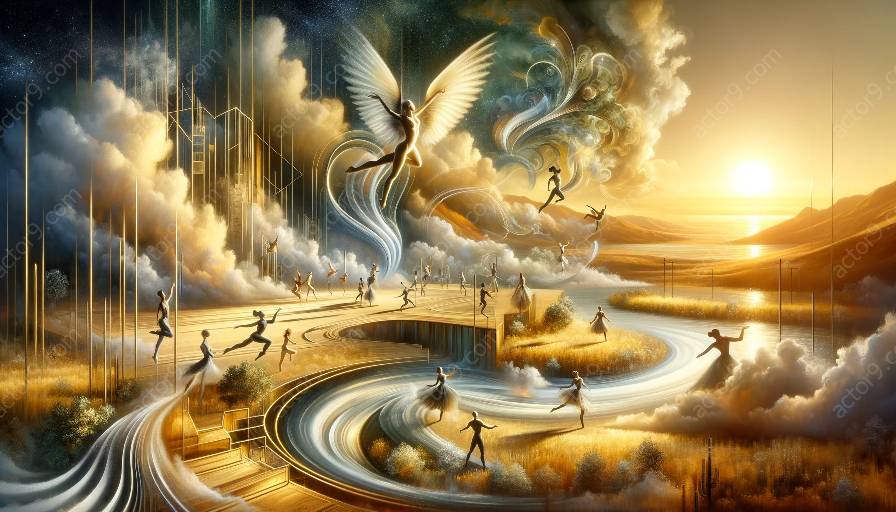The world of circus arts and physical theatre share a captivating intersection, and the safety of circus performers is greatly enhanced through physical theatre training. This topic cluster explores the essential connections and benefits for performers in both disciplines.
Understanding the Intersection of Physical Theatre and Circus Arts
Physical theatre and circus arts represent two distinct yet interconnected performance disciplines. Physical theatre is a form of performance that emphasizes the use of the physical body, movement, and gesture to convey meaning, while circus arts encompass a wide range of skills and acts, often involving acrobatics, aerial arts, and object manipulation.
When examining the intersection of physical theatre and circus arts, it becomes evident that both domains rely heavily on physical prowess, body awareness, and expressiveness. Circus performers often incorporate elements of physical theatre to enhance their performances and storytelling, emphasizing the emotional and narrative dimensions beyond mere technical skill.
Enabling Safer Performances in Circus Arts
One significant way physical theatre training contributes to the safety of circus performers is by enhancing body awareness, coordination, and movement precision. Through physical theatre techniques, performers develop a deeper understanding of their bodies, improving their ability to execute circus stunts and maneuvers with precision and control.
Moreover, physical theatre training focuses on building strength, flexibility, and core stability, which are crucial attributes to prevent injury and promote physical resilience in the demanding physical environment of circus arts. The incorporation of exercises and movement practices from physical theatre into circus training routines empowers performers to mitigate the risks associated with high-flying and acrobatic acts.
Furthermore, physical theatre encourages performers to develop heightened spatial awareness and a keen sense of timing and rhythm, all of which are fundamental to executing complex circus routines with heightened safety and precision. These skills enable performers to anticipate and respond to potential hazards, thereby reducing the likelihood of accidents and enhancing overall safety in circus performances.
Enhancing Artistic Expressiveness and Emotional Resilience
Besides the physical benefits, physical theatre training also contributes to the emotional and artistic resilience of circus performers. The emphasis on storytelling, character development, and emotional expression in physical theatre equips circus artists with the tools to infuse their performances with depth, meaning, and authenticity.
Training in physical theatre encourages performers to explore their creative potential and develop a strong connection to their characters and narratives, fostering a deeper sense of purpose and emotional engagement in their circus acts. This emotional resonance not only elevates the artistic quality of their performances but also helps performers navigate the psychological demands and pressures inherent in circus arts, fostering a positive mindset and emotional resilience.
Conclusion
Physical theatre training forms an indispensable bridge between the worlds of physical expression and circus arts, contributing significantly to the safety and well-being of circus performers. By honing physical skills, promoting body awareness, and nurturing emotional resilience, physical theatre equips circus artists with the essential tools to execute their breathtaking feats with enhanced safety and artistic depth, fostering a harmonious and secure environment within the thrilling realm of circus performances.




































